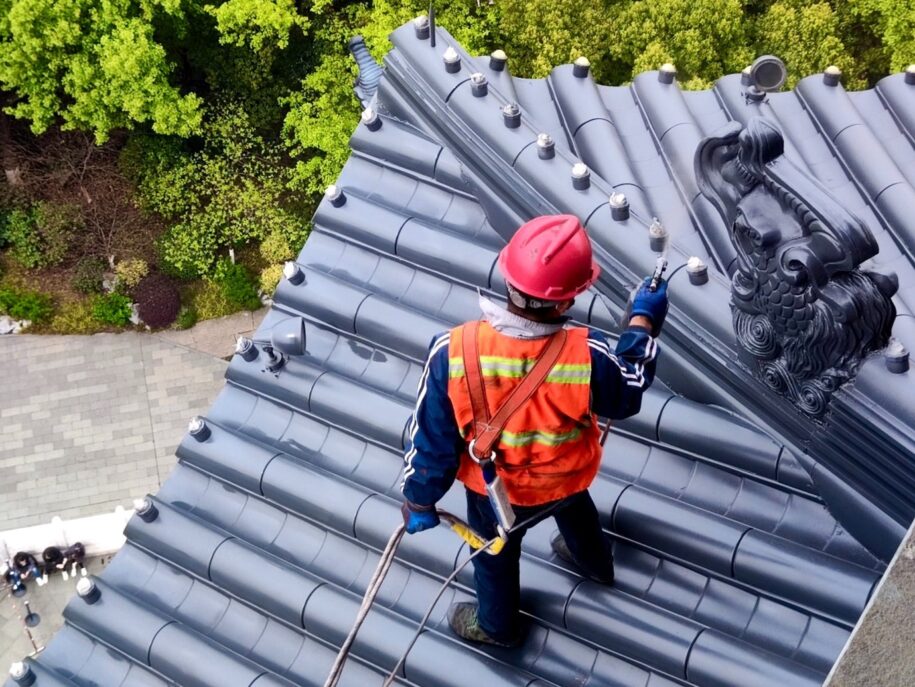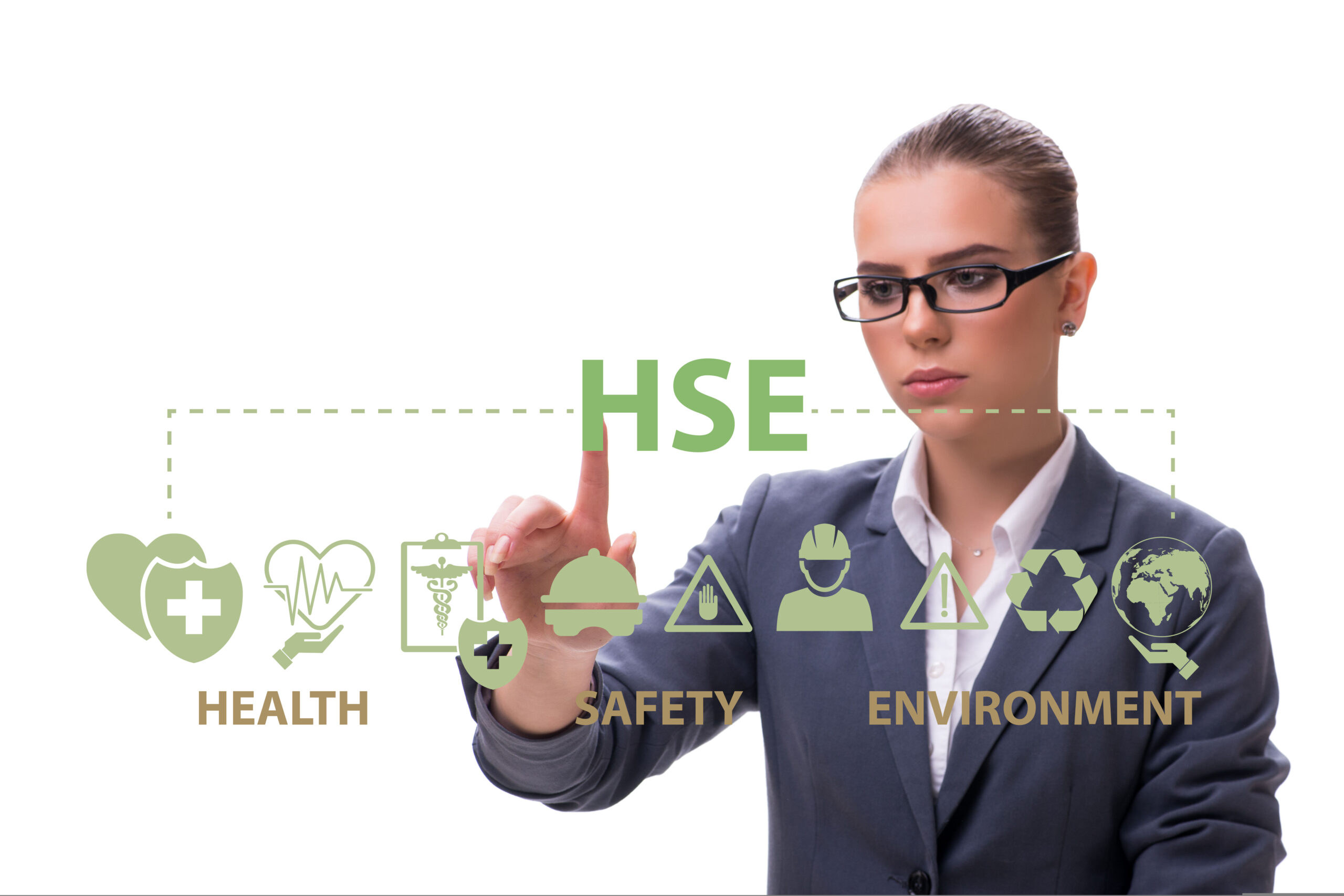Even those outside of the construction industry can guess the dangers of working from heights. However, despite the obvious hazards of such work and the many fall protection regulations put in place to counter the risk, falls are still the leading cause of fatalities within construction. This trend is due to the fact that fall incidents, though not as common as other construction mishaps, are significantly more likely to lead to death. A contributing factor to the severity of this type of incident, according to a survey by the Center for Construction Research and Training (CPWR), is that roughly 1 in 2 reported fall incidents occurred without fall protection being used. This article will further investigate why falling is continually ranked on OSHA’s “Top 10” list and what organizations and individuals can do to change these statistics.
The consequences of inaction.
The safety of workers should be a key factor in every construction project. To accomplish this, both employers and employees must meticulously follow safety standards to avoid workplace fall injuries and fatalities. OSHA recently investigated the fatality of a roofer who was moving a debris-filled wheelbarrow with four others when the existing roof collapsed, causing the worker to fall 40 feet onto bare concrete. The investigators found the employer liable for not providing fall protection or implementing safeguards and cited them with two serious and one willful violation for a penalty of just under $85,000.
Are there not enough fall protection regulations?
Considerable fall safety regulations are already in place, and they vary by industry and the type of work. OSHA specifies protection requirements for the construction industry on an extremely high-resolution basis. These requirements range from standard operating procedures to safety training and personal protective equipment. Safety leaders can refer to existing standards in preparing for and overseeing construction site activities. However, even when companies implement fall prevention programs, wrong execution can bring results as bad as a total lack of implementation would.
To counter the insufficient application of safety equipment and procedures, there are voluntary efforts that organizations are encouraged to participate in, such as “Safety Stand-Downs.” These year-round events help bring focus to the safety issues and misunderstandings that can put workers at risk for fall injuries and fatalities. All the partnering organizations, including OSHA, the CPWR, the National Safety Council (NSC), the U.S. Air Force, and others, continue to promote safety stand-downs all over the country in the hopes that the industry fatality rate will drop significantly through frequent reminder sessions covering the “why’s” and “how’s” of fall protection.
The lessons that are available through proper leadership.
In an episode of EHS Mindset, EHS Director Elisabeth Haase shared her experience in rolling out the fall safety program within her organization. In this story, Haase emphasized two key factors in implementing effective safety programs:
- getting into the mindset of the intended audience, and
- leading by example.
Practically applying these methods, Haase recognized the best way to communicate the importance and process for safe work was to personally demonstrate it, “being there when they’re getting fit tested for their fall protection and being willing to have them hoist you up to show them that the PPE does work.” Therefore, with resolve stronger than her discomfort, Haase went on the roof of the building to display proper fall safety and “win” her team over.
What can be learned from past mistakes?
When it comes to preventing falls, statistics give some indication of where the danger most commonly lies. According to the CDC, certain worker demographics are likelier than others to be victims in this type of accident. These include immigrant workers, those working for smaller construction companies, and workers on the upper and lower end of the age spectrum.
Statistics that reveal a greater number of accidents occurring within certain groups should not be ignored. These numbers indicate where more emphasis needs to be placed when planning an effective fall prevention program.
Concerning these unfortunate statistics, a 2018 study explained that migrant workers are more susceptible to workplace accidents due to typically longer work hours, increased likelihood of engaging in work without adequate training and protection, and a greater tendency to tolerate unsafe practices. Meanwhile, young workers are typically more prone to falls because of the lack of training that comes with temporary work conditions. The greater propensity for these two groups to be lacking in education is also a risk factor, as those with higher education levels typically have greater awareness of the existence of safety practices. Additionally, younger workers are disadvantaged by a higher vulnerability to social pressure and an increased predisposition to risky behavior. Alternatively, older workers inevitably suffer from a more limited physical capacity. Injuries incurred by workers within this age group are typically more severe and costly. Taking from these insights, it is advisable when tailoring and monitoring the application of fall protection training and practice that special attention be paid to these vulnerable worker populations.
Leadership: understanding and being understood. Changing the number of fall fatalities in the U.S. requires 3 cooperative forces: regulation, implementation, and training. As safety leaders, keeping up to date with regulatory standards and implementing them in the workplace can be a matter of life and death for workers and holds great power to affect the overall organization. However, understanding the rules is only the first step. To implement and train an effective fall protection program, leaders must know their audience (using discernment and extra care to identify those who are more susceptible to the dangers of fall hazards) and lead by example.
Publisher Bio
The SafetyStratus Research Advisory Group (RAG) brings together thought leaders from the global environmental, health, and safety community to promote best practices and provide key insights in the profession and the industries they serve. The Research Advisory Group also advocates, where practical, the intersection of and advances with the use of technology, such as the SafetyStratus enterprise EHS software platform. Group membership consists of representatives from across varied disciplines and market sectors as well as select members of the SafetyStratus team.
The primary objectives of the SafetyStratus RAG partnership are to:
- Build a strategic partnership between EHS practitioners and the SafetyStratus team.
- Provide engaging and practical content to the global EHS community.
- Provide discipline and market feedback specific to SafetyStratus products and services.
While the objectives of the RAG are varied, the primary public-facing outcome will be available through engaging and practical content found on the SafetyStratus resource pages. Various articles, papers, and other valuable resources will be produced and shared as part of an ongoing effort to cultivate a robust community. Ultimately, the SafetyStratus RAG will expand to have a broader reach and provide opportunities for more inclusion by all interested EHS professionals in a collaborative community environment.



